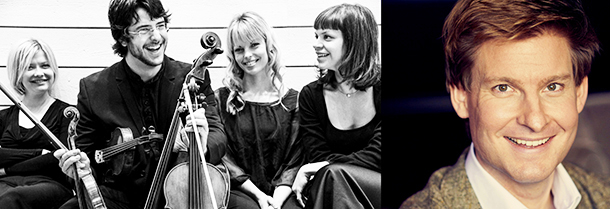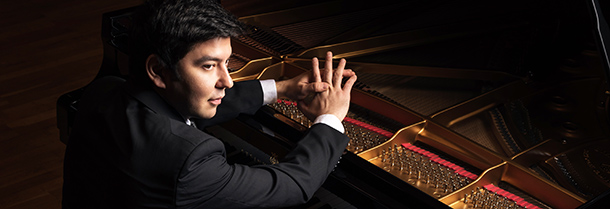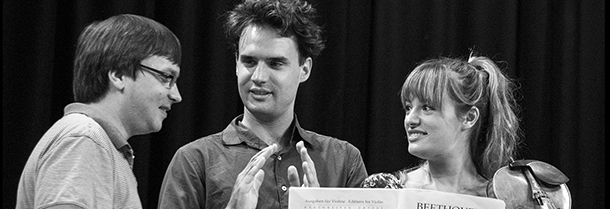Tag: performance
-

PROGRAM NOTES: CHIAROSCURO QUARTET AND KRISTIAN BEZUIDENHOUT
Franz SchubertString Quartet No. 14 in D minor (“Death & the Maiden”) Schubert’s “Death and the Maiden” string quartet is a sombre work, with all four of its movements set in a minor key. It takes its name from the composer’s lied Der Tod und das Mädchen (1817) that provides the theme for the quartet’s…
-

PROGRAM NOTES: BEHZOD ABDURAIMOV
Richard Wagner Isolde’s Liebestod arr. Franz Liszt The 19th century in Europe was an age in which psychological states went mainstream in the arts, becoming a particularly powerful stimulus for musical expression. A new genre, the nocturne, for example, captured that eerie feeling of being alone with one’s lyrical thoughts at a still point in…
-

PROGRAM NOTES: BENEDETTI ELSCHENBROICH GRYNYUK TRIO
Franz Schubert Adagio from Piano Trio in E at Major Op. 148 D 897 Schubert’s Adagio for Piano Trio D 897 was composed in 1827 but only published decades later, under the publisher’s title Notturno. And indeed, the opening section does conjure up images of nighttime serenity, with its heavenly texture of harp-like arpeggios in…

